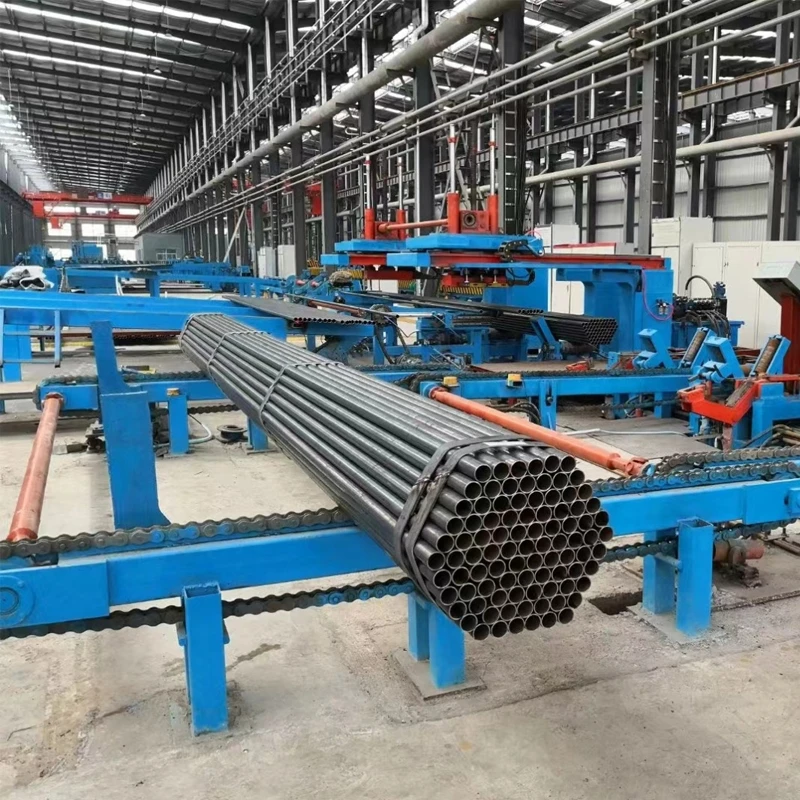press brake and shear
Understanding Press Brakes and Shears Key Tools in Metal Fabrication
In the world of metal fabrication, precision and efficiency are paramount. Among the essential tools that facilitate these criteria are the press brake and the shear. Both of these machines serve distinct yet crucial roles in shaping and cutting metal, and understanding their functions can significantly enhance the overall manufacturing process.
Press Brakes Shaping Metal with Precision
A press brake is a machine used to bend and shape metal sheets with high accuracy. It consists of a flat surface called a bed and a movable upper tool known as the ram. The design of the press brake allows it to apply significant force to the metal sheet, enabling it to form various angles and shapes. The operator places the metal sheet between the ram and the bed, and when the ram is lowered, it exerts pressure on the sheet, thereby bending it to the desired angle.
One of the significant advantages of using a press brake is its ability to produce complex shapes with tight tolerances. This is critical in industries such as automotive, aerospace, and construction, where precision is vital. The versatility of press brakes also enables the crafting of parts for diverse applications, ranging from simple brackets to intricate enclosures.
Modern press brakes are equipped with advanced features, including CNC (Computer Numerical Control) systems. This technology allows for automated bending processes, reducing the potential for human error and increasing production efficiency. Operators can input specific parameters for each job, ensuring consistent results across multiple units.
In recent years, the trend has moved towards electric press brakes, which offer several benefits over traditional hydraulic models. Electric press brakes consume less energy, produce less noise, and require less maintenance. Additionally, they provide faster cycle times, which can significantly enhance productivity in a busy fabrication shop.
Shears Cutting Metal with Precision
press brake and shear

On the other hand, shears are machines designed specifically for cutting metal sheets into desired dimensions. A shear consists of two blades—one stationary and one movable—that slide past each other. When the operator positions the metal sheet and activates the shear, the movable blade descends, slicing through the material with precision.
There are different types of shears, including guillotine and swing beam shears. Each type has its specific application, depending on the thickness and type of material being cut. For example, guillotine shears are often used for heavy-duty cutting, making them suitable for larger sheets and thicker materials.
One of the key advantages of using a shear is its ability to produce clean and straight cuts, minimizing the need for secondary operations. This efficiency is particularly beneficial in high-volume production environments, where time is of the essence. Modern shears also feature advanced controls and safety mechanisms, ensuring that operators can work with ease and confidence.
Integrating Press Brakes and Shears in Metal Fabrication
In metal fabrication, the integration of press brakes and shears is essential for maximizing efficiency and precision. Often, shearing is the first step in processing metal—cutting it down to manageable sizes before it is formed or bent using a press brake. This workflow optimizes the use of materials, reducing waste and improving overall productivity.
With advancements in technology, the synergy between press brakes and shears is further enhanced. Automated systems can coordinate both processes, enabling seamless transitions and improved production rates. As such, fabricators who invest in modern equipment that integrates both cutting and bending capabilities can achieve remarkable efficiency and enhance their competitive edge in the market.
In conclusion, press brakes and shears are indispensable machines in the realm of metal fabrication. By understanding their functionalities and integrating them effectively, fabricators can ensure efficient production processes while maintaining a high standard of precision in their work. As technology continues to advance, these tools will undoubtedly evolve, further revolutionizing the metalworking industry.
-
High Frequency Straight Seam Welded Pipe Production Line-BzZhou Xinghua Machinery Equipment Manufacturing Co., LTD.|Precision Welding, High EfficiencyNewsJul.30,2025
-
High Frequency Straight Seam Welded Pipe Production Line|BzZhou Xinghua|Precision Welding&EfficiencyNewsJul.30,2025
-
High Frequency Straight Seam Welded Pipe Production Line - BzZhou Xinghua|Precision Engineering&EfficiencyNewsJul.30,2025
-
High-Frequency Straight Seam Welded Pipe Production Line-BzZhou Xinghua Machinery Equipment Manufacturing Co., LTD.NewsJul.30,2025
-
High-Frequency Straight Seam Welded Pipe Production Line-BzZhou Xinghua Machinery Equipment Manufacturing Co., LTD.|Precision Manufacturing, High EfficiencyNewsJul.30,2025
-
High Frequency Straight Seam Welded Pipe Production Line-BzZhou Xinghua Machinery Equipment Manufacturing Co., LTD.|Precision Steel Pipe Manufacturing&Industrial EfficiencyNewsJul.29,2025


